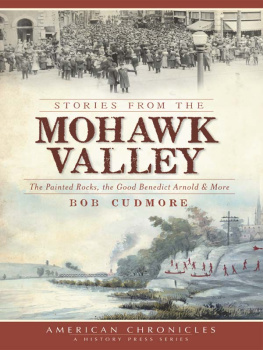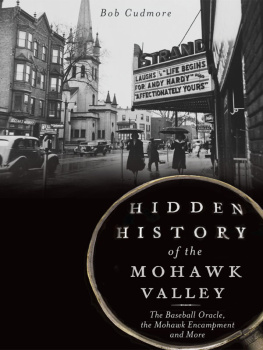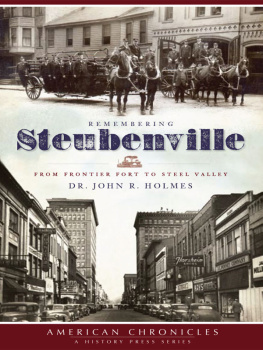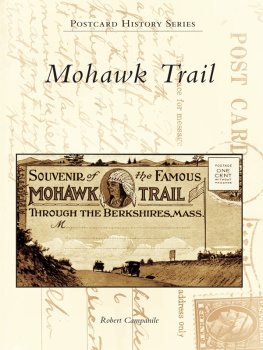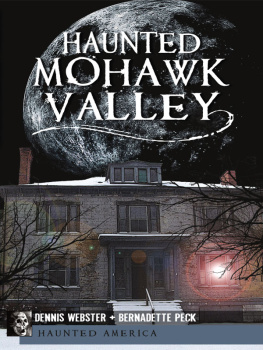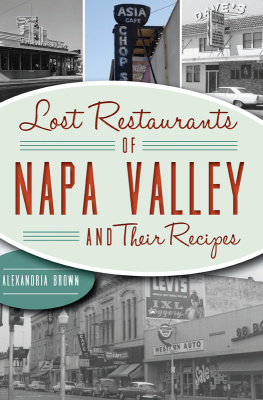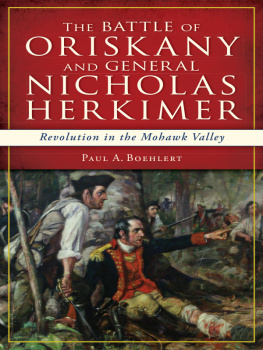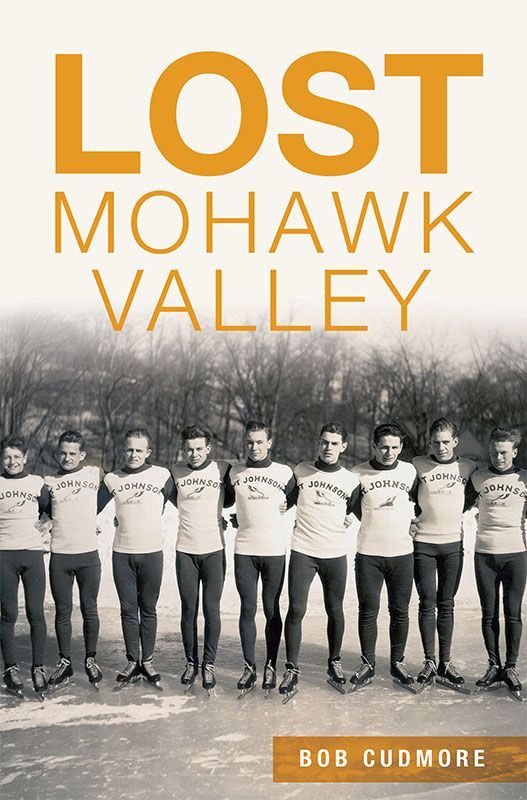

Published by The History Press
Charleston, SC 29403
www.historypress.net
Copyright 2015 by Bob Cudmore
All rights reserved
First published 2015
e-book edition 2015
ISBN 978.1.62585.588.6
Library of Congress Control Number: 2015945694
print edition ISBN 978.1.46711.838.5
Notice: The information in this book is true and complete to the best of our knowledge. It is offered without guarantee on the part of the author or The History Press. The author and The History Press disclaim all liability in connection with the use of this book.
All rights reserved. No part of this book may be reproduced or transmitted in any form whatsoever without prior written permission from the publisher except in the case of brief quotations embodied in critical articles and reviews.
In memory of Vera Cudmore: And if you get into trouble, name it after me.
CONTENTS
PREFACE
In the preface to my last book was the story of Frances Burnham of Glenville. She provided clippings and photos about her great uncle, aviation pioneer Edward Pauley of Gloversville, as we sat at her dining room table. The story of Pauleys remarkable life and his death in a plane crash was told in the Hidden History of the Mohawk Valley chapter Death Rode on the Wings of the Wind.
Frances Burnham died on September 23, 2013, just before Hidden History was published. Harold, her husband for fifty-seven years, told me she was eagerly awaiting the book version of her story that already existed in a photocopy form she had distributed to her extended family. Frances spent many hours researching family history. She was a role model for all of us on how to preserve the past.
ACKNOWLEDGEMENTS
Jerry Snyder, president of the Historic Amsterdam League, spent many hours working on the photos used in this book. Thanks also to Kathy Snyder, Jerrys wife, who was the photographer on several photo shoots. Former Montgomery County historian Jacqueline Murphy has been a constant supporter and has assisted with research, as has historian Christopher Philippo of Glenmont and David Fiske of Ballston Spa. Ann Peconie of the Walter Elwood Museum provided many pictures and insights for the chapter on milltown culture. Thanks to Montgomery County historian Kelly Farquhar, former Fulton County historian Peter Betz, Amsterdam city historian Robert von Hasseln, Bookhound proprietor Dan Weaver, World War II historian Robert N. Going and many more. My gratitude goes out to Old Peddlers Wagon proprietors Ed DiScenza and Ellen Benanto in Amsterdam for their retail support of my books.
Thank you to John Cropley, who edits my columns for the Daily Gazette . Audrey Sears provides encouragement and stimulating questions as research starts to uncover history stories. And thanks to you for buying and reading my books.
AUNT VERA
This book is dedicated to one of my aunts, Vera Cudmore, the first of our family born in America. Her parents, brothers and sisters, including my father, were all born in England.
In some ways, her life could be defined negatively. Vera never married and never owned a home but lived in several apartments in Amsterdam, choosing locations near where she worked. She never owned nor drove a car and always walked to work, for a long time in the shipping room at Fownes Brothers glove mill and later in the kitchen at St. Marys Hospital.
She never embraced positive thinking. She was always sure the worst was about to happen. She never got the hang of the cordless phone that was supposed to help her answer calls when she was in the bathroom. She never caught on to computers.
She knew how to make friends. She had circles of friends, ranging from former cronies at Amsterdams Ivy Leaf Tavern to devout members of the Sisters of St. Joseph of Carondelet. She was beloved for her common sense, good nature and humor. She was a wiz at word puzzles, wrote witty poems, sang funny songs and could recite the alphabet backward.
During her last twenty years, Vera lived alone in a series of three apartments at the Amsterdam Housing Authority high-rise for the elderly on Wall Street. She contributed mightily to the social scene in that building. She traveled on many bus trips and also made a memorable journey by airplane to California with her best friend, Sister Mary Englebert Lucha.
She never wanted to be on welfare and only went on Medicaid at the very end because she needed to be at a nursing home for a couple months.
Vera traveled light the last few years, sloughing off her belongings because she did not want to leave a lot of stuff behind for relatives to deal with. Still, she was eighty-five and had collected an eclectic set of household items.
Her photo array was politically correct, as far as the family was concerned. Each nephew and niece had photos displayed, along with other family members, plus pictures of Sister Englebert.
The day after Veras funeral in 2002, her friend Don Macvean came from Veras church, United Methodist, to take items for the church tag sale, providentially scheduled that weekend. It was both welcome and sad to see chairs, rugs, bookcases, clothing and lamps fly out of the apartment over the space of an hour or two. What had been Veras place quickly became a few rooms with some pieces of furniture.
Rooting through what remained in her apartment, I came across things that took me back in time and made me smile. There were baskets she made out of old Christmas cards that are tied together with yarn. I still have one on my desk that holds my wallet and keys. There was paperwork from her umpteen years as treasurer of VFW Post 55 Auxiliary. There were plastic containers where she stored cookies and Pringles potato chips to fend off insomnia, if her customary remedy of reading murder mysteries didnt send her to sleep.
She always complained about the sex and violence in the mystery books she borrowed from the Amsterdam Free Library. However, she complained in great detail, if you know what I mean.
One thing I saved for myself from Veras apartment was the glass sugar container with the screw top, the classic kind, stolen by my son from his college dining hall and proudly used by Vera all these years. Vera was a frequent co-conspirator with the plans and schemes of people many years her junior.
When you asked Vera how she was feeling, she always said, Rotten.
Ive got to go, Aunt Vera.
Go on and have a good time. Enjoy yourself when youre young. Dont ever get old. Stay out of trouble. And if you get into trouble, name it after me.
Part I
A LOST WAY OF LIFE
CARPET MILL CULTURE IN AMSTERDAM
On the Road for Mohawk, Mill Girls and More
It was a rough Atlantic crossing for James Kindon, an English weaver who sailed for America in the 1890s: On Sunday we encountered a very heavy gale of wind and rain. The rain was so strong that it blew the waves mountain high. Time after time the waves came sweeping the deck clear.
In a journal in the collection of the Walter Elwood Museum, Kindon wrote that he had a fiddle for entertainment on the crossing and plenty of eatables, including ham, biscuits, jam, brandy and ginger ale.
Kindon found work at Burlington Carpet Mills in Mount Holly, New Jersey, but left there in 1892 to join the ranks of carpet workers in Amsterdam. Kindon faced hard times in the recession of 1893 but started weaving in 1894. He kept track of the lengths of carpet he wove each day and time spent servicing the loom. He translated the pay he received in dollars into English pounds.


